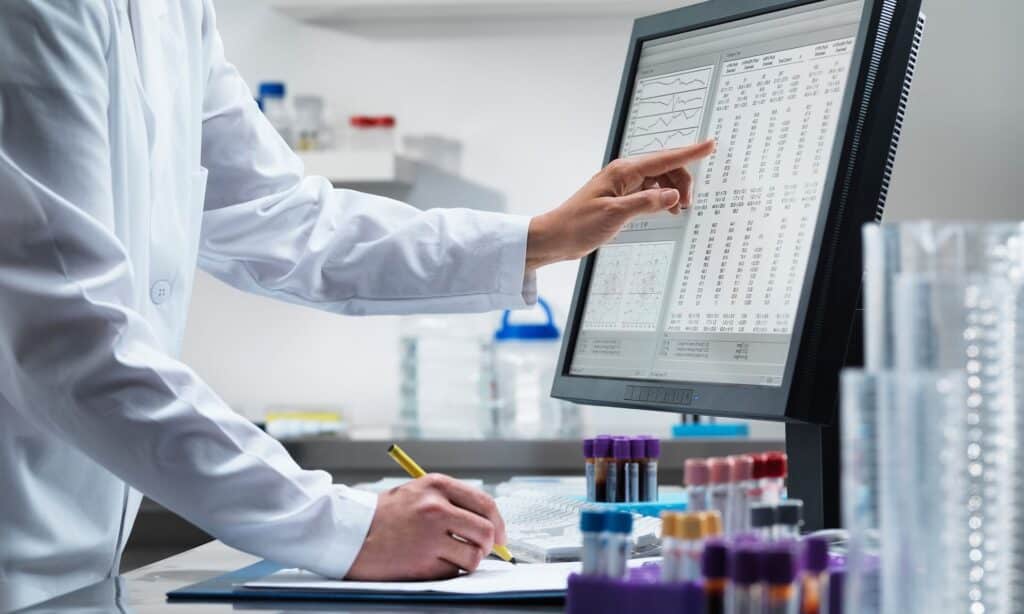Wine Analysis/Consulting
The wine-making environment, processes, and air quality control in all strategic areas of wine production—wine cellars, aging, bottling, storage, and tasting rooms—are essential for obtaining wines of great aromatic purity without any organoleptic deviations.
In this context, the VECTOEUR Laboratory has developed an environmental diagnostic concept that takes into account buildings in their current state, as well as the processes that are implemented. The aim is to anticipate or understand the risks that can lead to contamination of the air, then the premises, and finally the finished products.
At the end of the assessment, you will have concrete and actionable information about the risks identified. You will be provided with a set of technical recommendations, an action plan, and a monitoring methodology that fits your timeline.
This approach is part of the general framework of the HACCP tool: identification and control of risks, as well as new hygiene regulations (EC regulations: 852/2004, 1935/2004). It must also take into account European environmental and health directives: the ROHS Directive, effective in July 2006: Restriction of Hazardous Substances, as well as the new European chemical regulation (REACH program).
Organization of the mission
1- Préparation
- The scope of the assignment is defined between the client and VECTOEUR.
- All available information related to the topic is communicated to VECTOEUR
in order to provide the most relevant and pragmatic diagnosis possible. - A date for the procedure has been set.
2- Diagnosis
- Opening meeting with site managers and stakeholders, review of the scope of the mission and functional organization.
- Tour of the site, monitoring of processes and winemaking procedures. Open discussion with site staff about the processes.
- Interim meeting with site managers and stakeholders. Summary of observations made to date, and definition of the sampling plan to obtain concrete and usable information on the risks identified.
- Taking samples
- Completion of the on-site audit. Review with managers and scheduling of the feedback meeting.
3- Post-diagnosis follow-up
- Conducting analyses
- Submission of the diagnostic report and related analyses
- Feedback meeting (in person/remote). Explanation of results and discussion of recommendations.

Spot analysis
Document analysis
Technical document reviews are carried out for each material used, with technical opinion sheets.
These reviews are based on technical data sheets (TDS) and safety data sheets (SDS).
An opinion is given and classified into three categories:
– Favorable
– With reservations (recommendations for use, precautions)
– Not recommended (explanation of risks, precautions to be taken if there is no alternative)
This opinion depends on the context:
– Place of application
– Context (presence of wine)
